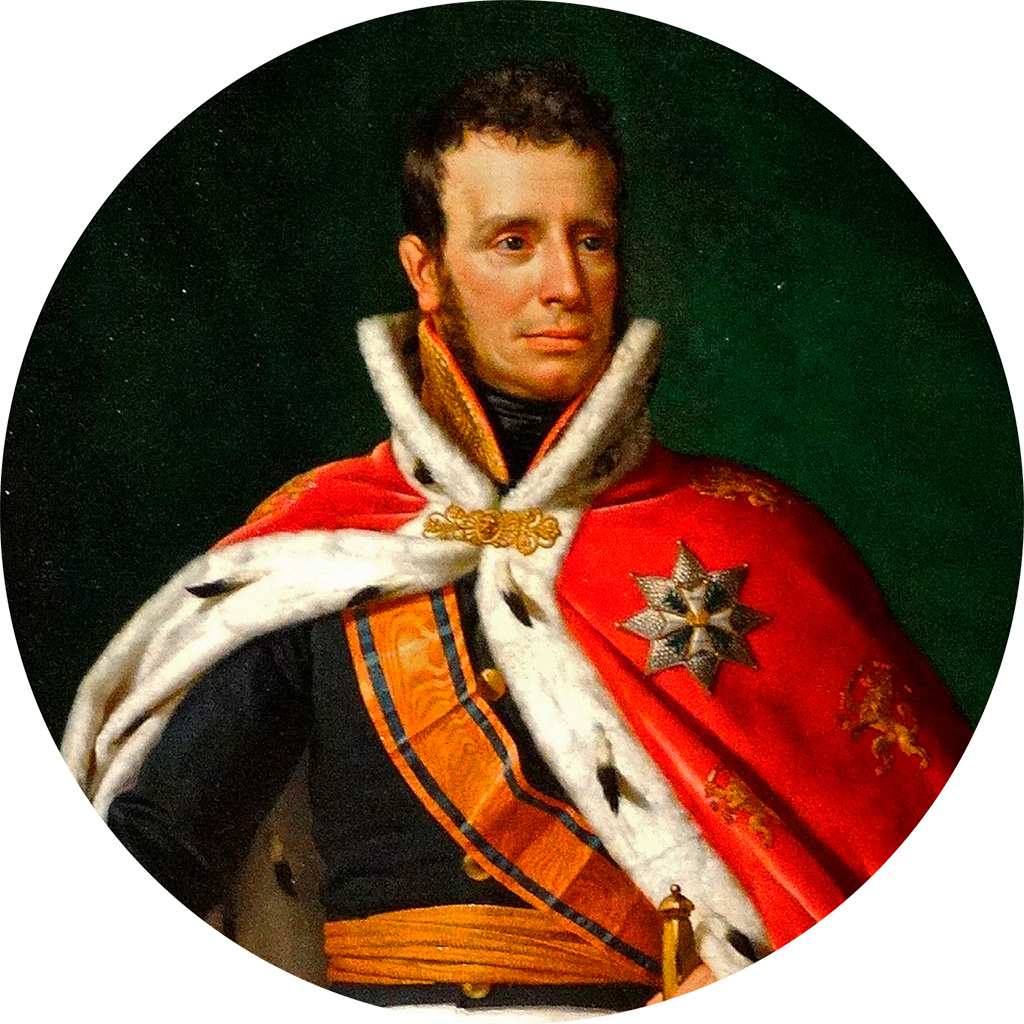
t Map showing Amsterdam in 1582.

t Map showing Amsterdam in 1582.
Upstart Amsterdam grew quickly from its 13th-century roots in uninhabited marshland. By the 17th century it was in the flushes of its Golden Age as one of Europe’s wealthiest cities. Although no longer an imperial hub, Amsterdam today is still a global financial capital and a city where freedom reigns.
Work began in 1264 on the dam of the Amstel river which gave the settlement its name: Amstelledamme. By the 14th century, the town was known as Amsterdam and was prosperous enough to build the imposing Oude Kerk. Amsterdam’s second important place of worship – the Nieuwe Kerk – was built in the early 15th century. But the wooden church, along with most of the town, was destroyed by the second of two great fires that swept Amsterdam in 1421 and 1452. Further conflagrations ravaged the town in the early 16th century and in 1521, the city council banned wooden buildings to prevent further disasters.
Amsterdam became part of the Holy Roman Empire via a dynastic marriage in 1477, but the relationship didn’t remain peaceful for long. By 1500, the Protestant Reformation swept through Europe and, between 1522 and 1550, some 30,000 Dutch Protestants were killed under Philip II of Spain. In 1568, Prince William of Orange or William the Silent – stadhouder (governor) of the provinces of Holland, Zeeland and Utrecht – led the Protestants in the Dutch Revolt (also known as the Eighty Years’ War). At first, pragmatic Amsterdam sided with the Spanish, but in 1578 the city switched its allegiance to the rebels in an event known as the Alteration. Amsterdam became the fiercely Protestant capital of an infant Dutch Republic in 1581.
In the following years, the Republic suffered a series of disasters, including the siege of Maastricht. Having grown unpopular, William of Orange was assassinated by one of Philip II’s supporters in 1584 (p208). William’s sons, Maurice and Frederick Henry continued his cause. After 80 years of struggle, it was only under Frederick Henry’s son William II, Prince of Orange, that independence was granted to the Netherlands in 1648.
Only 400 of Maastricht’s population of 30,000 survived the Spanish siege of 1579.
The 17th century ushered in a prosperous Golden Age for Amsterdam. Dutch admirals ruled the seas, trouncing English and French fleets; Abel Tasman, and other Dutch navigators, explored the globe; and the West India Company and United East India Company (Vereinigde Oostindische Compagnie or VOC) pioneered a worldwide merchant empire.
The new Dutch middle class grew resentful of the ruling House of Orange. In 1795 the Patriots – a radical political faction inspired by the Enlightenment – formed the Batavian Republic, with French support. Napoleon Bonaparte ultimately took control and in 1808 he placed his brother Louis on the Dutch throne.
After its liberation in 1813, the Netherlands regrouped around the exiled House of Orange and William I was crowned as the first king of the Netherlands in 1815. Recovery was slow, but conquests in the East Indies gave a new industrial economy access to resources including oil, rubber and tin.
The Netherlands hoped to remain neutral during World War II, but this wish was dashed when Germany invaded in May 1940. During the occupation, which lasted until May 1945, Jews were deported to concentration camps and gestures of resistance, such as the 1941 dockers’ strike, were crushed.
Amsterdam forgot colonialism and embraced a European future after the Dutch East Indies – now Indonesia – gained independence in 1949. Fast motorways linked it to its neighbours and the completion of the Amsterdam-Rhine canal encouraged trade. Attracted by a thriving economy, workers from the former Dutch colonies and European Union flocked to the cosmopolitan city causing a housing crisis .
Urban rejuvenation programmes have eased Amsterdam’s overcrowding problem by creating new places to live and work, such as Noord. For global companies, Amsterdam is appealing because of its multinational workforce and its transport links, which make it a gateway to the rest of the EU.
By 1963, the city’s population had increased to 868,000.
A Brief History
Timeline of events |
1264Work begins on the first dam on the River Amstel |
1306Oude Kerk founded |

1452Second fire destroys much of the city, including the wooden Nieuwe Kerk |
1477Amsterdam becomes part of the Holy Roman Empire under the Habsburgs |

1522Habsburg Emperor Charles V attempts to crush the Reformation in the Netherlands |
1543Charles V unifies the Low Countries – the Netherlands, Belgium and Luxembourg |

1568War breaks out after the Spanish Duke of Alva executes the Protestant Dukes of Egmont and Hoorn |
1578Amsterdam shifts allegiance to the Protestant rebels |
1581Amsterdam becomes the capital of the Dutch Republic |

1584Prince William of Orange assassinated in Delft |
1602Amsterdam merchants form the United East India Company to trade with Asia |
1626West India Company acquires Manhattan and founds New Amsterdam |

1648Peace of Munster ends war with Spain |
1652–54Commercial rivalry between England and the Netherlands leads to First Anglo-Dutch War |

1666–67The Netherlands victorious in Second Anglo-Dutch War |

1678Franco-Dutch War ends with the Treaty of Nijmegen, leaving the Netherlands undefeated |
1795–1813The Netherlands under French control |

1815William I crowned first king of the Netherlands |
1919Women given right to vote |

1940Germany invades the Netherlands |